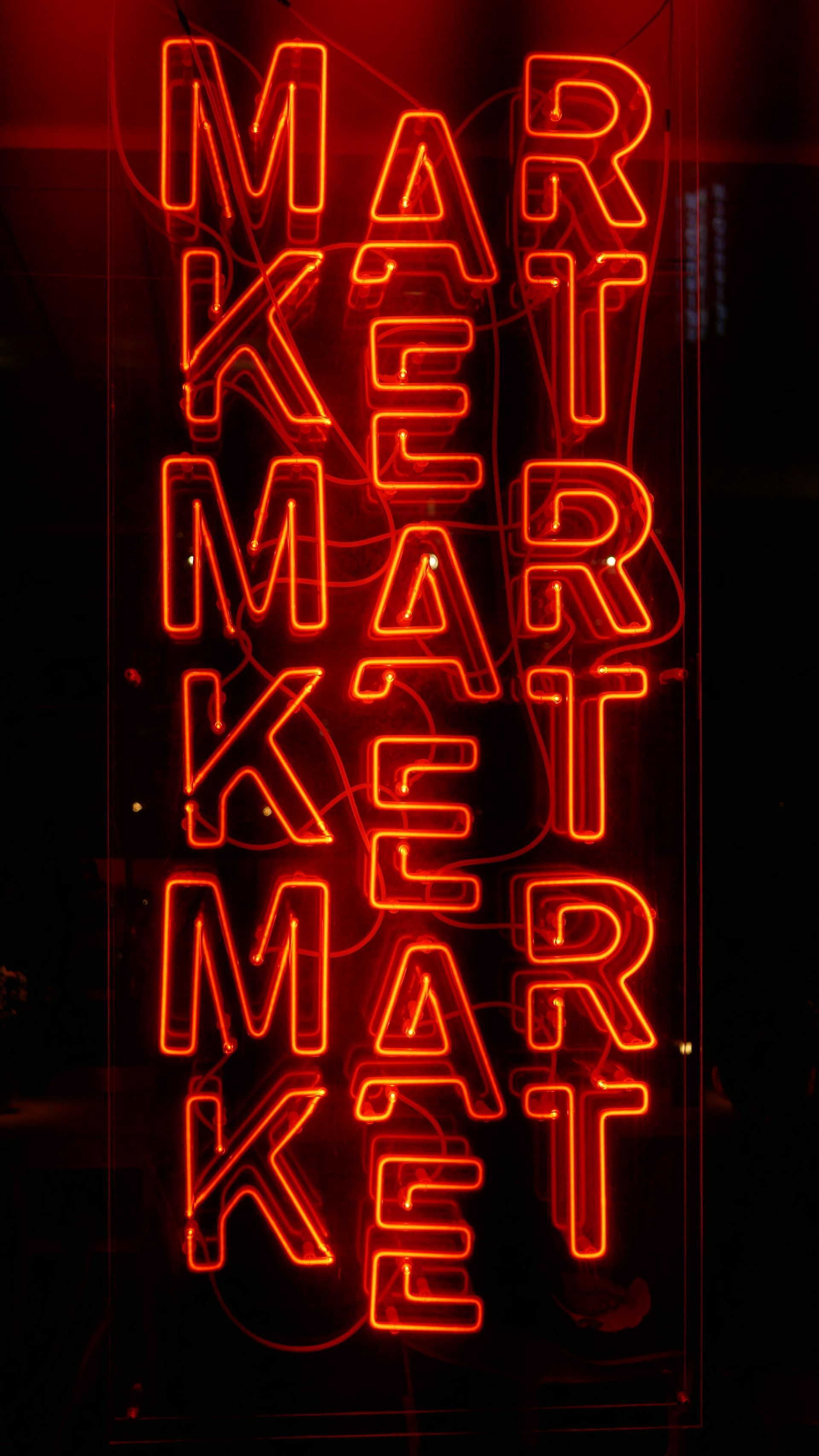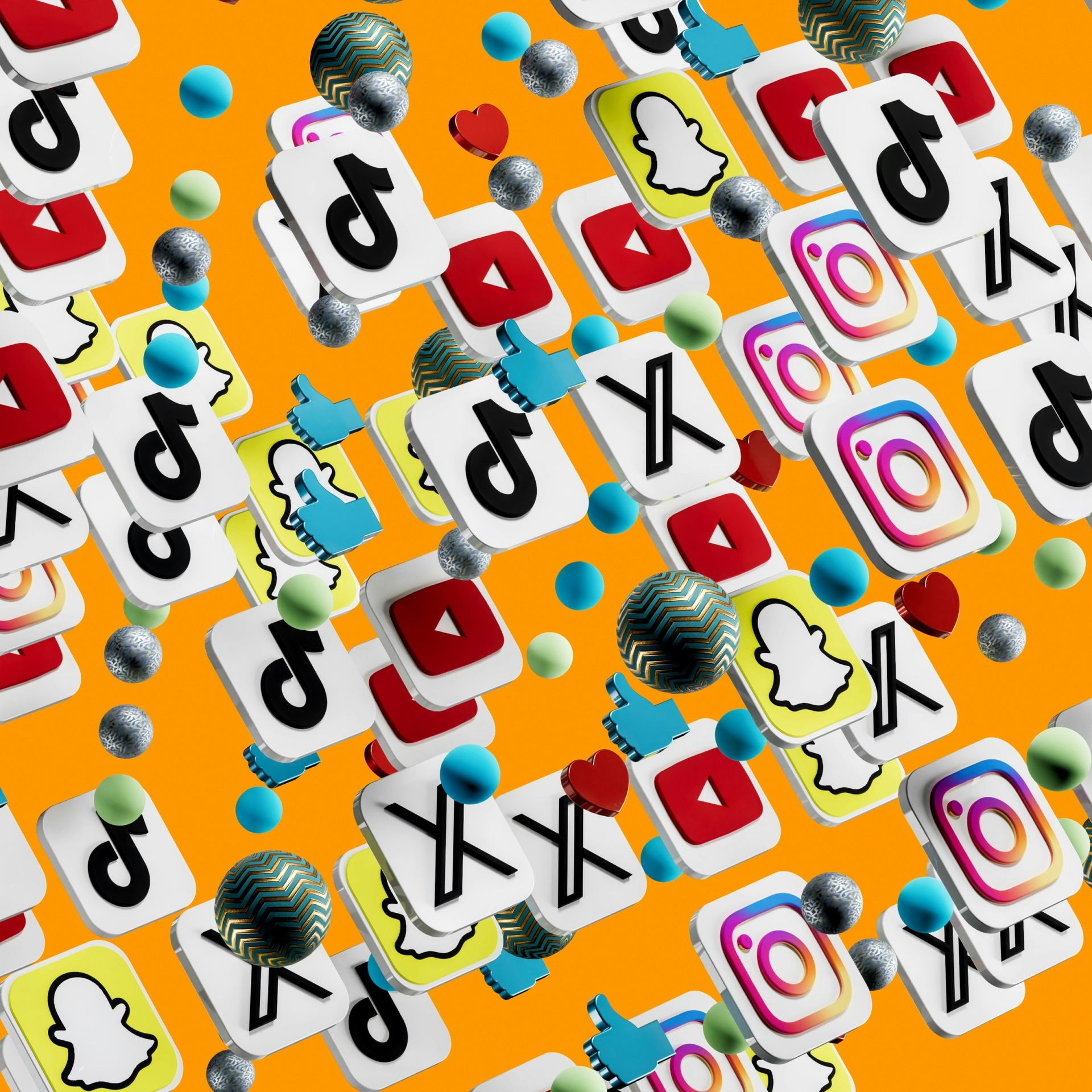The Revival of QR Codes: Instagram, YouTube, and Their Impact on Small Businesses
Accessibility + Efficiency = QR CODES
QR codes, once hailed as the future of seamless interaction between the physical and digital worlds, saw their initial hype fizzle out due to limited adoption and clunky user experiences. However, in recent years, these pixelated squares have made a significant comeback, driven by the rise of contactless technologies and the need for quick, efficient ways to share information. Instagram and YouTube are the latest digital giants to embrace this technology, signaling a renewed confidence in QR codes as a vital tool for businesses and content creators.
Instagram's QR Code Strategy
Instagram, a platform deeply intertwined with brand identity and visual storytelling, is reintroducing QR codes to streamline access to profiles and content. Users can now generate a unique QR code for their profiles, which can be scanned to direct people instantly to their Instagram page. This feature is particularly useful for businesses and influencers who rely on physical marketing materials like posters, flyers, and business cards to drive traffic to their digital platforms.
By scanning the QR code, potential customers can be immediately connected to an Instagram profile, where they can explore products, services, or content without needing to manually search for the account. For brands, this means a more efficient conversion funnel, as the path from discovery to engagement becomes significantly shorter.
YouTube's QR Code Integration
YouTube's recent decision to assign a unique QR code to each channel underscores the platform's commitment to enhancing accessibility and user engagement. Content creators can now promote their channels using QR codes that link directly to their YouTube page, allowing for a frictionless way for viewers to subscribe and watch content.
This feature is a game-changer for YouTubers who engage with audiences offline, whether at events, through printed media, or even in retail spaces. By placing a QR code on merchandise, posters, or business cards, creators can seamlessly bridge the gap between offline promotion and online engagement, driving traffic to their channels with minimal effort.
Are QR Codes Finally Here to Stay?
The resurgence of QR codes in mainstream platforms like Instagram and YouTube indicates that they may finally have a permanent place in our digital ecosystem. Several factors contribute to this longevity:
Widespread Smartphone Adoption: Nearly everyone has a smartphone capable of scanning QR codes, making the technology more accessible than ever before.
Improved User Experience: Modern smartphones come equipped with built-in QR code scanners, eliminating the need for third-party apps and making the process more seamless.
Versatile Applications: QR codes can be used for various purposes, from directing customers to websites and social media profiles to providing exclusive discounts and product information.
Contactless Interaction: In a post-pandemic world, contactless solutions are increasingly valued, and QR codes offer a hygienic way to share information.
Given these factors, it's likely that QR codes will continue to play a significant role in how businesses and consumers interact.
How Businesses and Small Brands Can Leverage QR Codes
For businesses, particularly small brands looking to maximize their marketing efforts, QR codes offer a low-cost, high-impact tool that can be integrated into various touchpoints. Here’s how:
- Product Packaging: Embed QR codes on packaging to offer additional product information, user manuals, or promotional content.
- Event Marketing: Use QR codes on event materials to provide attendees with easy access to schedules, speaker bios, and registration links.
- In-Store Displays: Retailers can place QR codes near products to link customers to reviews, tutorials, or even to facilitate quick online purchases.
- Print Advertising: Enhance traditional print ads with QR codes that link directly to your website, social media, or a special offer.
Top QR Code Generators for Small Businesses
To make the most of QR codes, businesses need reliable tools to create and manage them. Here are some recommended QR code generators:
- QR Code Generator (by Bitly): Offers customizable QR codes with advanced analytics to track scans and performance.
- Scanova: Provides a comprehensive suite of QR code solutions, including dynamic codes that can be edited after creation.
- QRStuff: A versatile tool that allows businesses to create QR codes for different use cases, including URL redirection, file sharing, and more.
- Beaconstac: Offers QR codes with detailed analytics, allowing businesses to track engagement and optimize their strategies accordingly.
Conclusion
The re-emergence of QR codes on platforms like Instagram and YouTube is a strong indicator that this technology is not just a passing trend but a valuable tool in modern marketing. For small businesses and brands, QR codes offer an affordable and efficient way to connect with customers, bridge online and offline experiences, and ultimately drive engagement. As QR codes become more ingrained in our daily interactions, businesses that embrace and innovate with this technology will likely see significant benefits.
You might also like



